Tire Size 195/75r14 vs 195/70r14
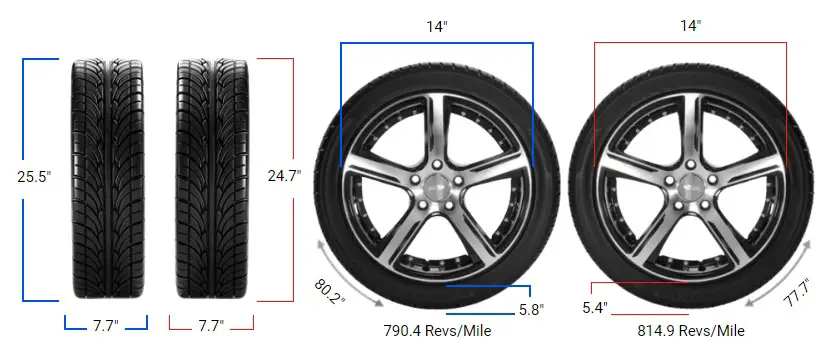
They may seem similar, there are key differences that can impact your driving experience. Let’s dive in and explore what changing tire sizes really means for you and your vehicle.
- Sidewall height is reduced by 0.38 inches (9.75 mm) with 195/70R14 tires
- Minor ride comfort reduction and slightly improved handling with 195/70R14 tires
- Speedometer will read about 3% faster than actual speed with 195/70R14 tires
- Minimal impact on fuel efficiency despite 3.1% more revolutions per mile
195/75r14 vs 195/70r14
The table compares the features of tire sizes 195/70R14 and 195/75R14, along with their percentage difference.
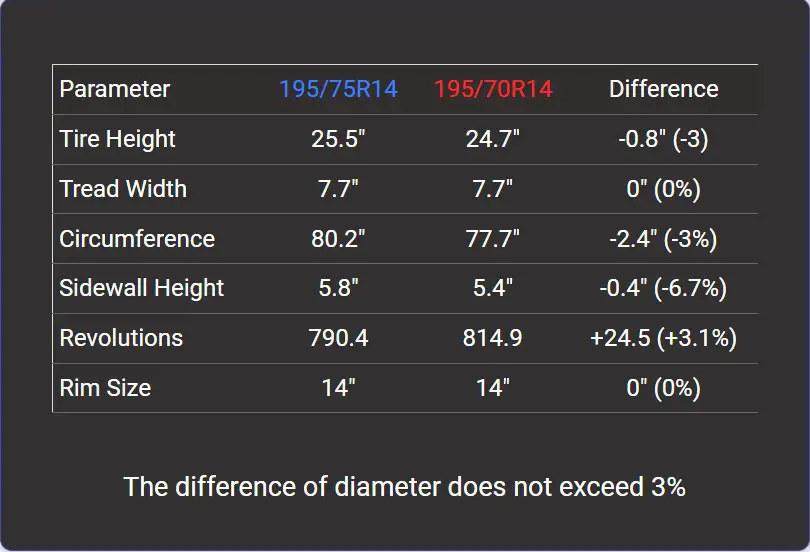
Fitment Guide
When replacing tires, staying within 3% of the original size’s overall diameter is recommended. The 195/75r14 is 3% larger in overall diameter than the 195/70r14.
So fitting the taller 195/75r14 may require modifications like a lift kit to prevent rubbing at a complete turn. Going with the shorter 195/70r14 instead would not require any fitment changes.
Ground Clearance
The taller 195/75r14 tire provides increased ground clearance, which is useful for off-roading over rugged terrain without scraping or damaging the undercarriage.
However, the extra clearance causes a slightly lower speedometer reading. The shorter 195/70r14 reduces ground clearance, increasing risks of scrapes and damage from obstacles, but gives a slightly higher speedometer reading.
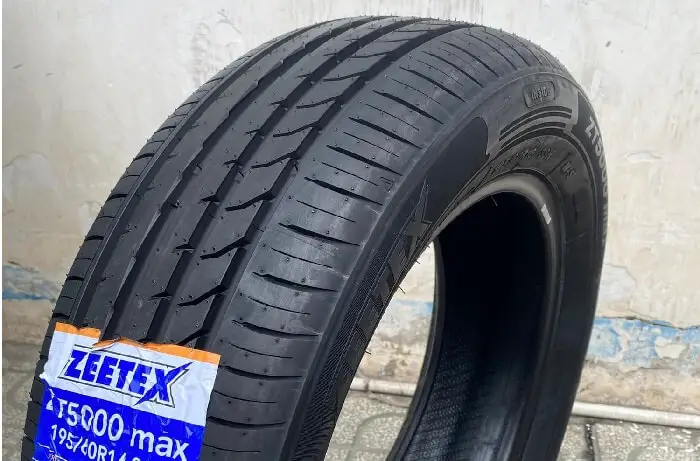
Gas Mileage
The 195/70r14 smaller contact patch and lower rotational mass improve fuel efficiency compared to the taller 195/75r14.
This makes the 70-aspect ratio tire better suited for daily commuting and long highway trips where gas mileage is a priority.
Ride Comfort
The 195/75r14 taller sidewall absorbs impacts better, providing a smoother ride over uneven or broken pavement.
The 195/70r14 shorter, stiffer sidewall transmits more road impacts into the cabin for a harsher ride. The difference is modest but noticeable on very rough roads.
Aesthetics
Visually, the 195/75r14 has a slightly “stretched” look due to the extra sidewall height versus the 195/70r14.
Trucks and SUVs often suit the subtly taller appearance better than an overly low-profile tire. However, the 70 aspect ratio contributes more to aerodynamic efficiency.
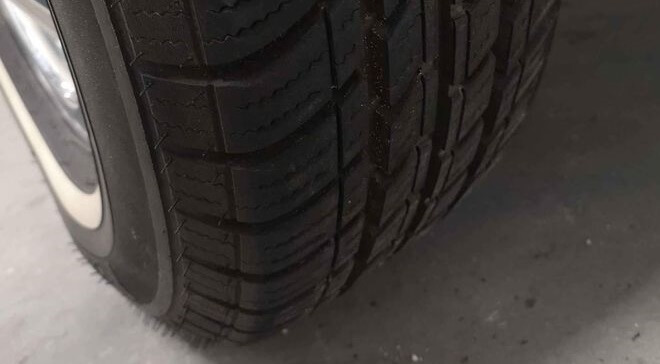
Handling & Stability
The shorter 195/70r14 sidewall gives these tires crisper steering response and handling precision on paved roads.
The flexier 195/75r14 sidewall reduces handling sharpness slightly but offers better stability and traction off-road or on loose surfaces. Both deliver stable, responsive handling overall.
Noise & Vibration
The 195/70r14 stiffer sidewall transmits more road noise and vibration into the cabin. The 195/75r14’s additional sidewall flex better dampens noise and vibrations for a quieter, smoother ride.
However, the differences are minor, and both tires are relatively quiet and comfortable.
Durability & Wear
The 195/70r14 smaller size and shorter sidewall can promote more even treadwear and a longer lifespan.
The more significant 195/75r14 stresses suspension and steering components more due to increased weight and flexing. This can lead to slightly faster wear of other vehicle parts.
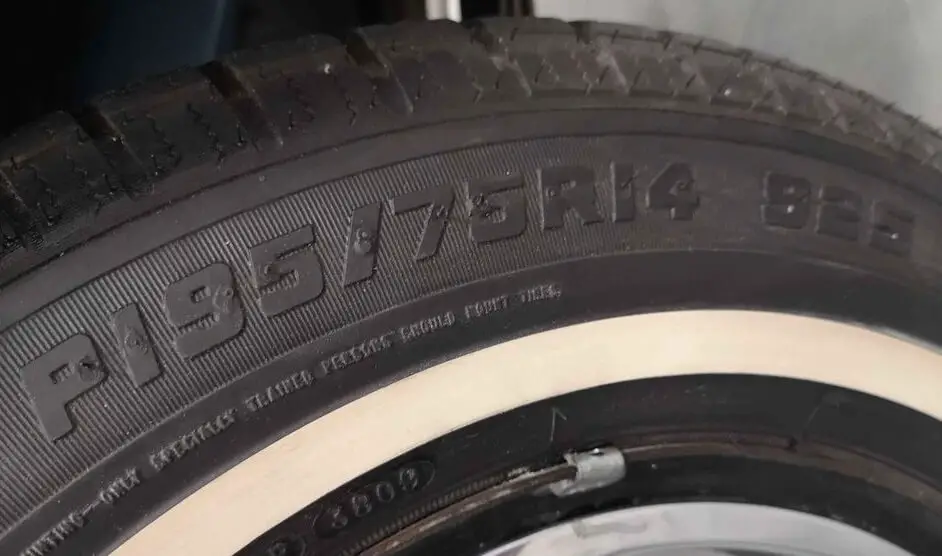
Adverse Conditions
Both tires perform well overall in rain, snow, and off-road situations. The extra ground clearance of the 195/75r14 provides a slight advantage in deep snow or over obstacles, while the 195/70r14 is a bit more responsive on slippery roads. But differences are modest.
Speedometer Reading
Due to its larger overall diameter, the 195/75r14 causes higher speedometer readings than the 195/70r14.
At an actual speed of 20 mph, the speedometer would read around 19.4 mph with 195/70r14 tires fitted compared to 20 mph with 195/75r14 tires.
What is the Main Difference Between 195/75r14 and 195/70r14?
The main difference between 195/75R14 and 195/70R14 tires is the sidewall height. 195/70R14 tires have a sidewall that is 0.38 inches (9.75 mm) shorter than 195/75R14 tires.
Can I use 195/70R14 instead of 195/75R14?
Yes, you can use 195/70R14 tires instead of 195/75R14 tires. The diameter difference between these sizes is 3%, which is within the acceptable range for tire size changes. However, minor adjustments may be needed to ensure proper fitment.
How Much Taller is a 195/75r14 Tire Than a 195/70r14?
A 195/75R14 tire is 0.77 inches (19.5 mm) taller than a 195/70R14 tire. This represents a 3% difference in overall tire diameter.
Our Observation
The 195/75r14 and 195/70r14 tires share many similarities but have key differences that impact performance. The taller 75 aspect ratio of the 195/75r14 provides a more cushioned ride over uneven surfaces, increased ground clearance for off-roading, and a visibly beefier presence.
However, it may reduce handling precision, fuel efficiency, and speedometer accuracy. Meanwhile, the shorter 70 aspect 195/70r14 promotes responsiveness and efficiency but transmits more road noise and imperfections.
Drivers seeking comfort or rugged capability may prefer the 195/75r14, while those wanting sportier handling and improved mileage may choose the 195/70r14.
Understanding these trade-offs allows you to select the tire that best aligns with your vehicle’s purpose and driving priorities.

Meet Caitlin McCormack, a Tire Size Expert and Blogger Passionate About Everything Related to Tires. With Years of Experience in the Tire Industry, Caitlin Has Become an Expert in Tire Sizes and Their Impact on Vehicle Performance.
